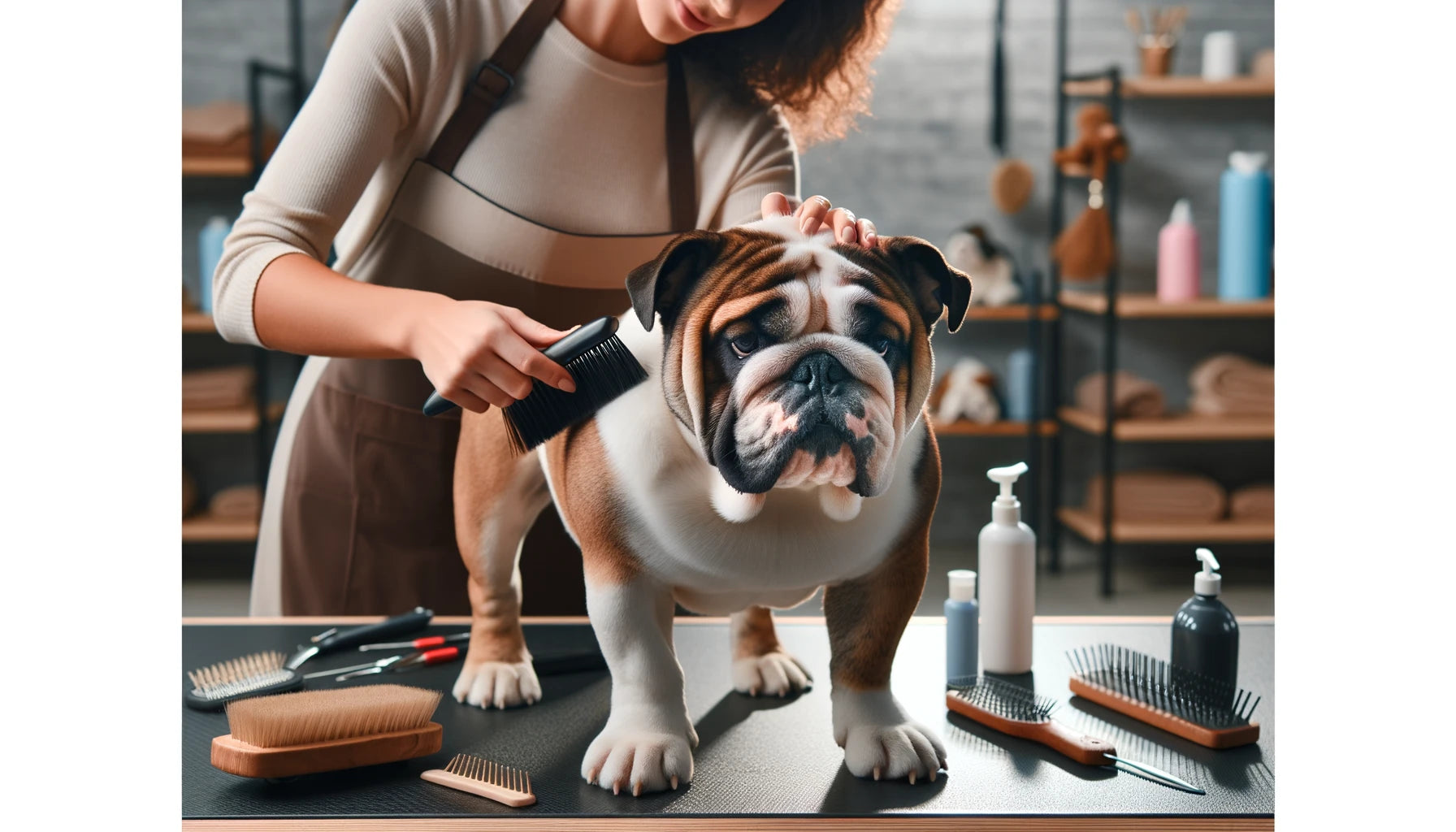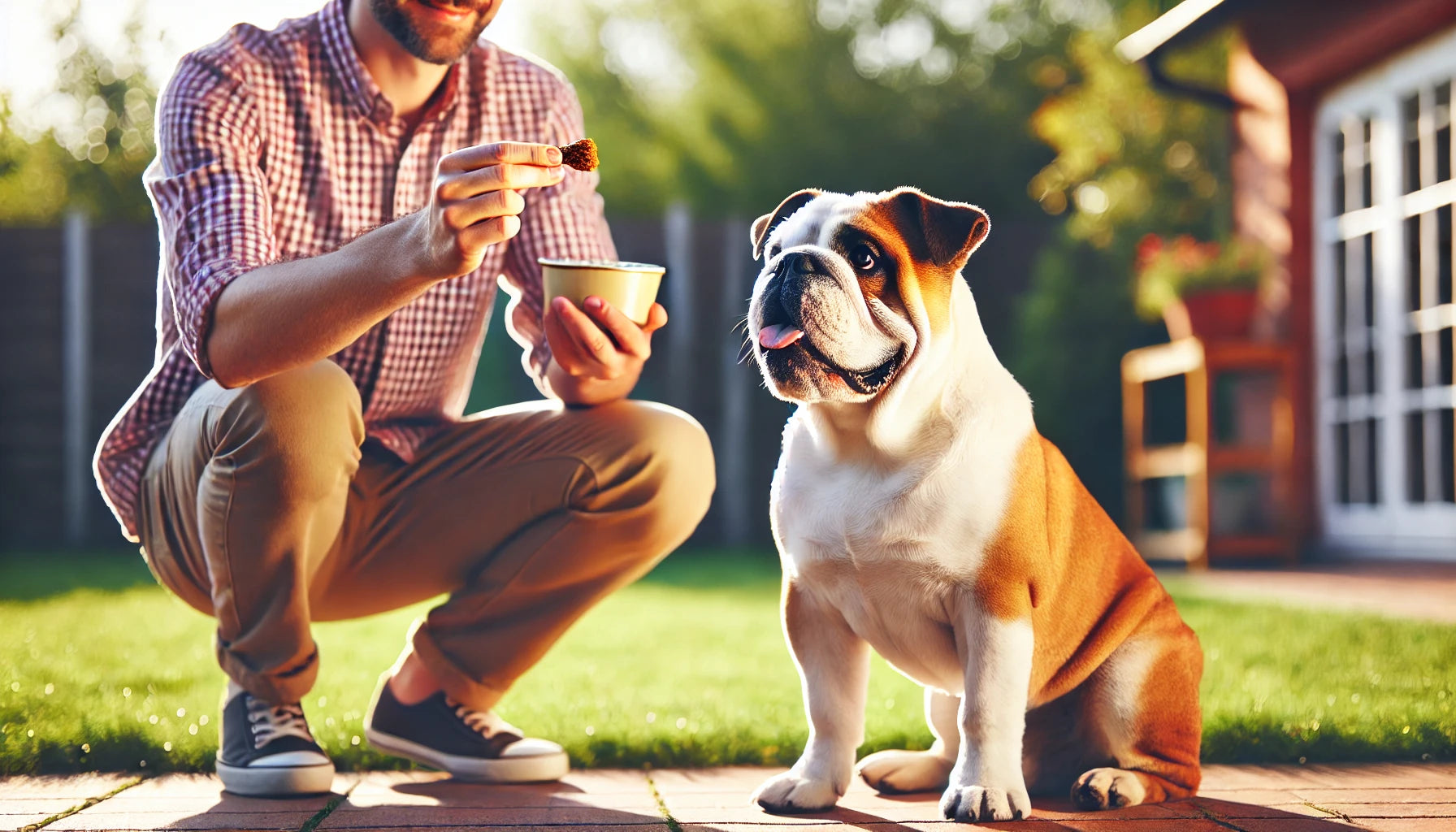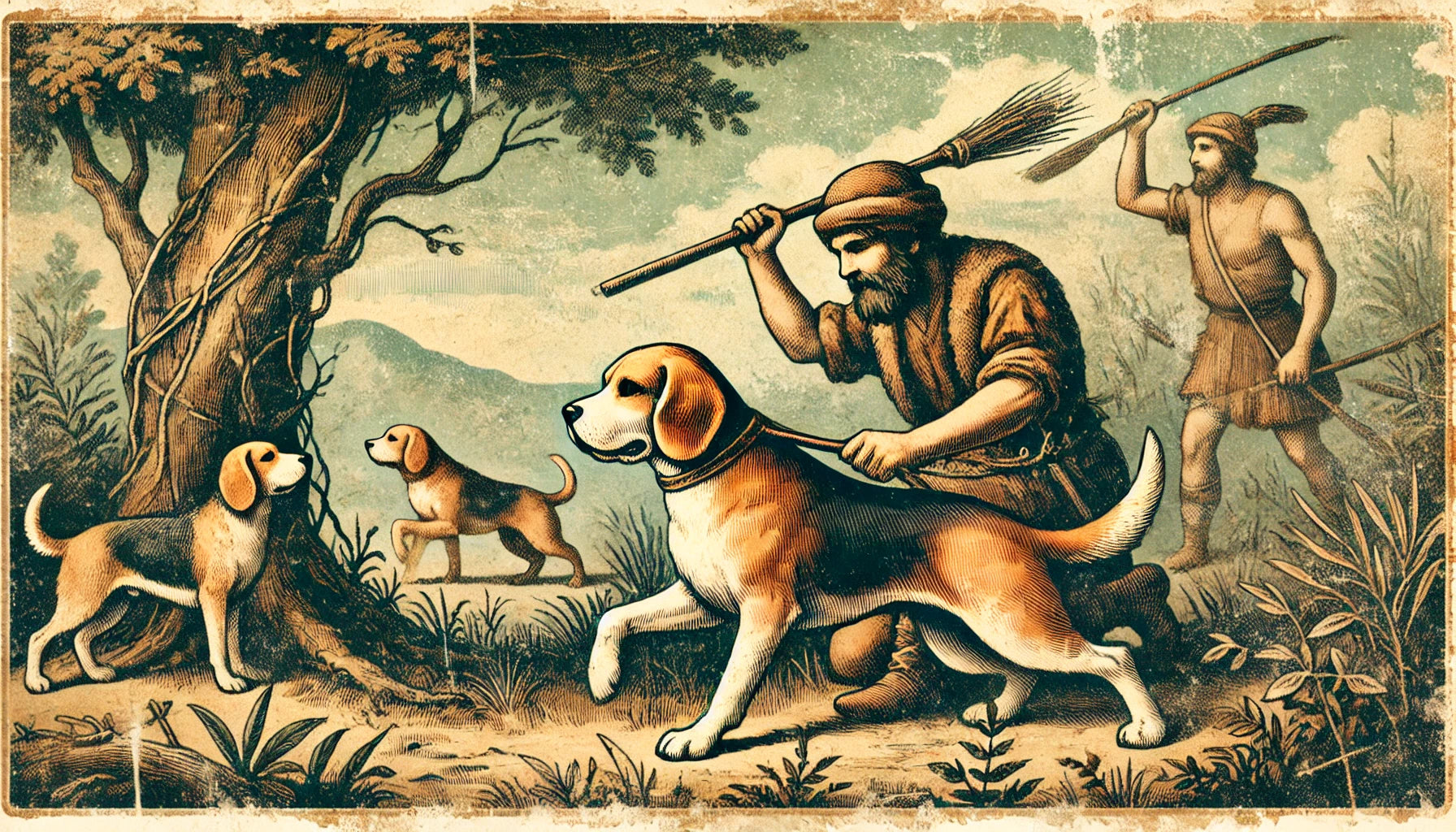Are There Dogs That Don’t Shed?
For many dog lovers, shedding is a major concern. Whether it’s because of allergies or the desire to maintain a fur-free home, finding a dog that doesn’t shed much can be a top priority. While all dogs shed to some extent, there are certain breeds that shed very little and are often referred to as "low-shedding" or "hypoallergenic" dogs. These breeds are ideal for those who want a dog but prefer to avoid the constant cleaning that comes with excessive fur.
In this blog post, we’ll introduce you to the best low-shedding dog breeds, explain what it means for a dog to be hypoallergenic, and provide tips on managing shedding for all types of dogs. By understanding your options, you can find the perfect furry companion that fits your lifestyle without filling your home with fur.

What Does It Mean for a Dog to Be Hypoallergenic?
When people refer to hypoallergenic dogs, they typically mean dogs that are less likely to trigger allergic reactions in sensitive individuals. However, no dog breed is completely hypoallergenic. Allergic reactions are often triggered by a protein found in a dog’s skin cells, urine, and saliva—not just their fur. Therefore, even low-shedding dogs can produce allergens.
That said, low-shedding breeds typically produce fewer allergens because they shed less fur and dander (the tiny, often invisible flakes of skin). This means fewer allergens in the environment, which can make living with a dog more manageable for people with allergies.
The Best Low-Shedding Dog Breeds
While no dog breed is truly “non-shedding,” the following breeds shed very little and are great options for people who prefer less fur around the house. Many of these dogs also have coats that require regular grooming, which helps reduce shedding further.
Here are some of the best low-shedding dog breeds:
Poodle (Standard, Miniature, and Toy)
Poodles are one of the most popular hypoallergenic breeds, known for their curly, low-shedding coat. Their fur doesn’t shed much, but it does require regular grooming and trimming to keep it tangle-free and healthy. Poodles are highly intelligent, active, and come in three sizes, making them a versatile choice for many households.

Bichon Frise
The Bichon Frise is a small, friendly dog with a soft, curly coat that sheds very little. Their hypoallergenic coat makes them a popular choice for people with allergies. However, Bichons require regular grooming to prevent their coat from matting, and frequent brushing is necessary to keep them looking their best.
Portuguese Water Dog
The Portuguese Water Dog is a medium-sized breed with a wavy or curly coat that sheds minimally. Known for their energetic and adventurous nature, Portuguese Water Dogs are great companions for active families. Like Poodles, they require regular grooming to maintain their low-shedding coat.
Schnauzer (Miniature, Standard, and Giant)
Schnauzers come in three sizes, all of which have a wiry, low-shedding coat. Their unique bearded appearance adds to their charm, and their coats are relatively easy to maintain with regular brushing and grooming. Schnauzers are known for their intelligence and protective nature, making them great watchdogs.
Shih Tzu
Shih Tzus have long, flowing coats that don’t shed much, making them ideal for those who want a small, low-shedding companion. Despite their luxurious coat, Shih Tzus are relatively low maintenance in terms of shedding, but they do require regular grooming to prevent matting. Their friendly and affectionate nature makes them excellent lap dogs.
Maltese
The Maltese is a toy breed with a silky white coat that sheds very little. Like the Shih Tzu, their long coat requires regular grooming to stay tangle-free, but they are a great option for allergy sufferers. Maltese dogs are known for their playful and gentle nature, making them wonderful companions.
Labradoodle (and Other Doodle Mixes)
Labradoodles are a cross between a Labrador Retriever and a Poodle, and they are often bred for their low-shedding coat. However, not all Labradoodles are the same, and shedding can vary depending on the individual dog’s genetics. Generally, Labradoodles with a curly or wavy coat are more likely to shed less. Other Poodle mixes, like Goldendoodles and Cockapoos, are also popular low-shedding options.
Havanese
The Havanese is a small, playful dog with a silky, low-shedding coat. Their fur may grow long, but regular grooming can help reduce shedding and keep their coat healthy. Havanese dogs are known for their affectionate and friendly personalities, making them great family pets.
Yorkshire Terrier (Yorkie)
Yorkshire Terriers have a long, silky coat that sheds very little. Despite their small size, Yorkies have a big personality and are known for being feisty and confident. Their coat requires regular brushing and trimming, but their low-shedding nature makes them a popular choice for those who want a dog without a lot of fur in the house.
Basenji
Known as the “barkless dog,” the Basenji is a unique breed with a short, fine coat that sheds very little. Their minimal grooming needs and quiet nature make them appealing to people who prefer a low-maintenance dog. Basenjis are independent and intelligent, though they can be a bit stubborn when it comes to training.
Managing Shedding in Any Dog Breed
While choosing a low-shedding breed can help reduce the amount of fur in your home, there are ways to manage shedding even if you have a breed that sheds more. Here are some tips to help keep your home fur-free:
-
Regular Grooming
- Brushing your dog’s coat regularly can help reduce shedding by removing loose fur before it falls out. Depending on your dog’s breed, you may need to brush them daily or a few times a week. For dogs with longer coats, regular grooming also helps prevent matting and keeps their coat healthy.
-
Bathing
- Regular baths help remove dead hair and reduce shedding. Use a dog-specific shampoo, and make sure to rinse thoroughly to avoid skin irritation. For dogs that shed heavily, de-shedding shampoos and conditioners can be particularly effective.
-
Diet and Nutrition
- A healthy diet plays a crucial role in maintaining your dog’s coat and skin health. Dogs that eat a well-balanced diet with high-quality protein and omega-3 fatty acids are less likely to experience excessive shedding. If your dog is shedding more than usual, consider consulting your vet about dietary changes or supplements to improve coat health.
-
De-shedding Tools
- There are special de-shedding tools designed to remove loose hair from your dog’s undercoat, which can be particularly helpful for breeds that shed heavily. Tools like the FURminator or grooming gloves can be effective at reducing shedding and keeping fur off your furniture.
-
Vacuum Regularly
- Even with a low-shedding dog, it’s a good idea to vacuum regularly to keep your home free of fur and dander. Use a vacuum cleaner with a pet hair attachment to make the job easier and more effective.

Are Low-Shedding Dogs Hypoallergenic?
While low-shedding dogs are often referred to as hypoallergenic, it’s important to remember that no dog breed is entirely free of allergens. People with dog allergies react to proteins found in a dog’s skin cells, urine, and saliva, not just their fur.
Low-shedding breeds reduce the amount of dander in the environment, which can make them more tolerable for people with allergies, but allergic reactions can still occur.
If you’re considering getting a dog and you have allergies, spend time around the breed you’re interested in to see how your body reacts before making a decision. Additionally, maintaining a clean home, using air purifiers, and bathing your dog regularly can help reduce allergen levels.
Conclusion: Finding the Right Low-Shedding Dog for You
If you’re looking for a dog that doesn’t shed much, there are plenty of wonderful breeds to choose from. Whether you prefer a small lap dog like the Bichon Frise or a more energetic breed like the Portuguese Water Dog, low-shedding dogs come in all shapes and sizes. Remember, while these breeds shed less than others, regular grooming and care are still essential to keep their coats healthy and reduce any allergens in your home.
If shedding is a concern for you, consider these breeds as a starting point, and don’t forget to spend time around different dogs to see which breed suits your lifestyle and preferences.













